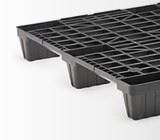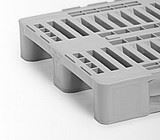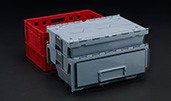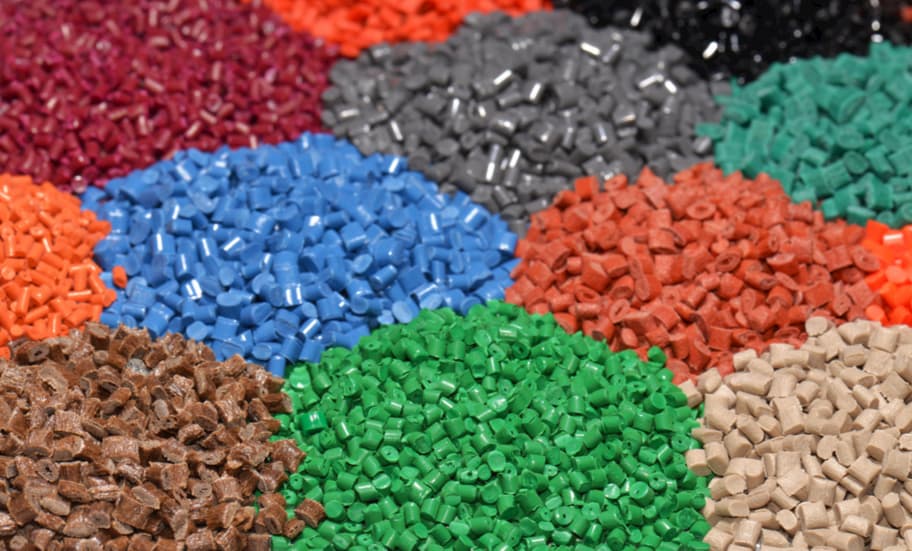But does this mean that plastic is a bad resource or that it should disappear from our lives? No. Plastic is a necessary material in sectors such as medicine, construction, automotive or food for example. In these sectors, plastics have a very long useful life, such as construction or automotive, they are necessary to avoid contagion of parasites or bacteria, as is the case in medicine, or to reduce food waste, as is the case of feeding. What is necessary is to look for countless lives for this plastic material and that, thanks to recycling and reusing it, will be transformed into other resources that will allow it to extend its useful life. In this way, in addition to taking advantage of the advantages and limitless applications that plastic offers in our day-to-day lives for much longer and more sustainably, we will be able to take better care of our health and that of our planet, generating less waste.
Recycling and reuse of plastics: key factors to protect our environment
Plastic is a material with highly positive aspects that, since its existence, has made our lives easier, both in the professional and industrial fields and in the home. It is economical, resistant, durable, practical and with multiple applications. However, it is necessary and essential that we make responsible use of it so as not to harm the natural environment in which we live.
To achieve this, it is important that, on the one hand, companies bet on the use of recyclable and sustainable plastics in production chains and, on the other hand, that consumers consume responsibly and recycle. Here are some of the measures proposed by the OCU to reduce the environmental impact
• Promote the use of durable plastic products.
• Encourage the use of recycled material in new products.
• Promote the circular economy.
• Bet on innovative projects and disruptive technologies that improve recycling.
Therefore, we can ensure that the reuse of plastics is considered the best way to care for and protect our environment from pollution. In fact, extending its useful life is a solution that allows us to save resources and energy, avoiding, as far as possible, the negative impact on our health and that of our environment. Therefore, companies strive every day to facilitate the recycling process, giving it countless lives. But are all plastics suitable for recycling? Let’s see it!
Types of recyclable plastics
When selecting the most sustainable plastics, we must first consider the identification code and system, previously approved by the Society of the Plastics Industry (SPI). According to the selection made by said official body, these would be some of the most common recyclable plastics:
• PP or polypropylene. It is one of the lightest plastics and offers an optimal balance between rigidity and resistance.
• HDPE (High Density Polyethylene). It is very similar to polypropylene, but with better performance. It is characterized by being a more rigid plastic and by resisting extreme temperature changes very well. Ideal, therefore, for harsh environments and for reuse. It is a type of plastic widely used for example in jugs or plastic pallets. The latter, responsible for transporting and storing food products or other types of goods.
• PET (Polyethylene Terephthalate). It is usually used, above all, in containers or packaging for food.
• PC or polycarbonate and vegetable bioplastics.
The 3R model and the circular economy
When using plastic efficiently, it is important to use an organized recycling system that allows either to reuse plastic to make the same product or to transform plastic into another new valuable resource. In this sense, in the Naeco, previously Nortpalet team, strongly committed to environmental protection, we have always bet on sustainability in our products, developing logistics solutions with 100% recyclable, reusable plastics and basing the design and manufacture of our products on the 3Rs philosophy (reduce, reuse and recycle).
When designing a new product, we consider the premises of the 3Rs as fundamental values that must be contained in it.
Our products are manufactured under the concept of Circular Economy. This means achieving, among others, the following objectives:
• Promote the concept of “Reduce”. Reduce the amount of equipment needed or CO2 emissions, increase their reuse, facilitate their recycling at the end of their useful life.
• Accompany our products throughout their entire life cycle. That is, from its design and production, through its repair, recycling, and its subsequent conversion to a new resource. All this, within a closed and infinite loop.
• Convert waste from some into resources for others. The product must be designed to be reconverted at the end of its useful life. The circular economy manages to convert our waste into raw materials, a paradigm of a system for the future.
• Raise awareness and contribute our grain of sand to protect the environment. The circular economy is a reality and a production model that is being implemented in our current economy. This production system seeks to promote a recycling model aimed at consuming less energy, reducing waste production and greenhouse gas emissions, known as the carbon footprint, and finally using them as resources.
• Optimize stocks and flows of materials, energy, and waste. The objective of the circular economy is to avoid the depletion of natural resources and to use them efficiently.
All industrial sectors and companies must aspire to use sustainable plastic materials and eco-friendly production systems to give many other lives to products through recycling. In this way, in addition to reintroducing the waste generated into the production chain, we will be able to transform used materials into new highly valuable resources.














